Gigantiops destructor
1799,90 zł
Worldwide shipping
Free delivery over 999 PLN
The highest quality of goods
Live delivery guarantee
24/7 Personal Support
Fair Prices
Description
Gigantiops destructor is a monogynous ant species with a colony size of up to 300 workers. They have a medium development rate and the queen measures 13-15mm while the workers measure 10-15mm. They are black in color and their nutrition consists of food insects, syrup, and sweet fruit. They thrive in humid environments, with an arena humidity of 70-80% and nests at 70-90%.
Additional information
| Behavior | |
|---|---|
| Difficulty in breeding | |
| Origin | |
| The size of ants | |
| Wintering |
Gigantiops destructor
Colony Type: Monogyny
Colony Size: Up to 300 workers
Development Speed: slow
Size
- Queen: 13-15 mm
- Workers: 10-14 mm
All individuals of this species are black, adding to their distinctive appearance.
Nutrition
- Food insects (such as cockroaches and crickets) dead, or live if colony is big
- Syrup (a mixture of water and honey or sugar, with a ratio of 3 water:1)
- Fruits and vegetables
- Jelly
- Cooked chicken without salt, shrimps
- Honey
Don’t forget to check out our food products to ensure a well-balanced diet for your colony!
Humidity and Temperature
- Humidity: Arena: 70-80%, Nest: 70-90%
- Temperature: Arena: 22-30 °C, Nest: 23-27 °C
Characteristics of the Species
Gigantiops destructor ants possess distinctive features that set them apart from other ant species. One notable characteristic is their gargoyle eyes, which contribute to their excellent eyesight. This exceptional vision allows them to navigate their surroundings with ease.
Intriguingly, Gigantiops destructor ants have the ability to jump short distances, adding a unique aspect to their movement and foraging behavior. Observing their agile movements can be both fascinating and entertaining.
Another interesting aspect of Gigantiops destructor ants is their diurnal hunting behavior. Unlike some other ant species that are active during the night, Gigantiops destructor ants prefer to hunt and forage during the day. This diurnal activity pattern provides an opportunity for enthusiasts to observe their behavior and interactions.
Recommended Nests for breeding
- Acrylic nests
- Ytong nests
- Gypsum
- Natural with plants


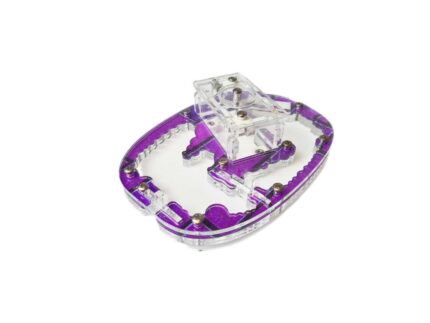
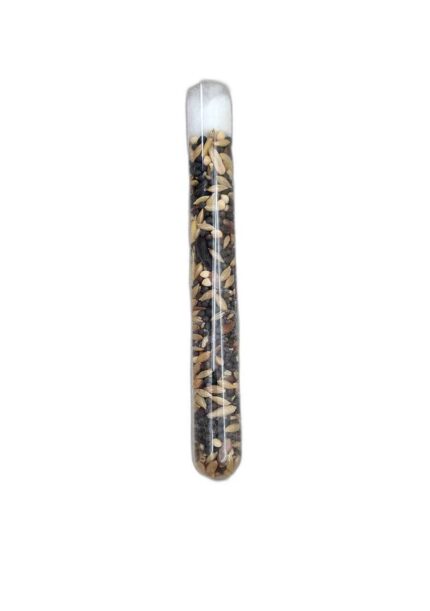
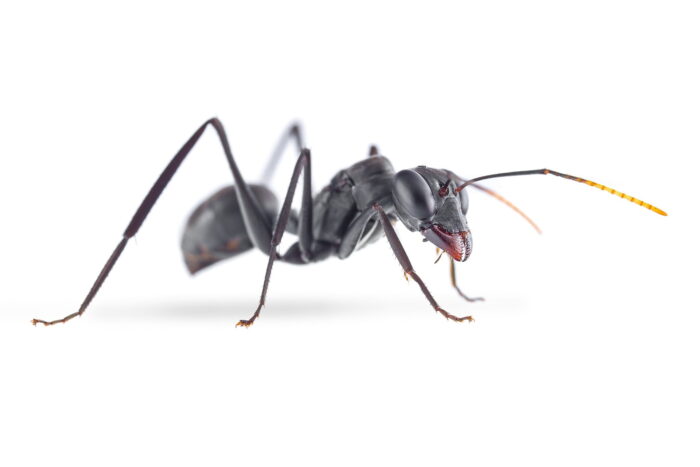
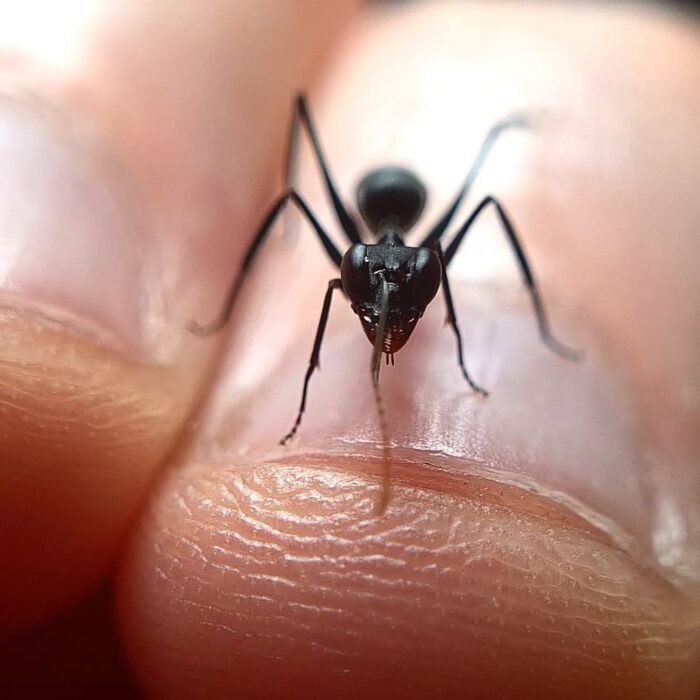
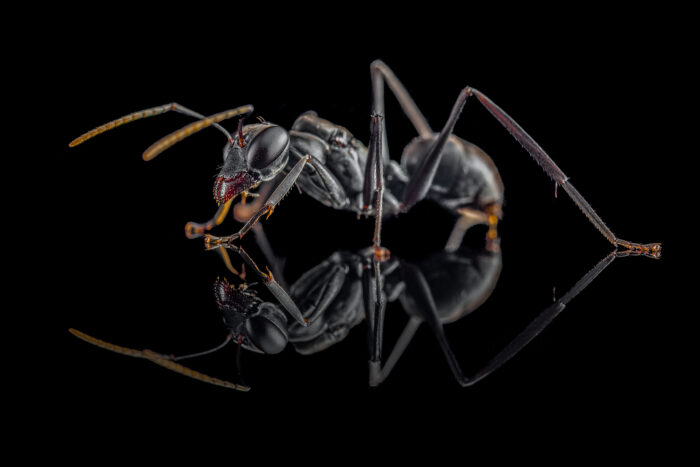
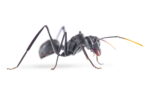
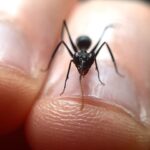
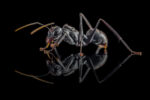
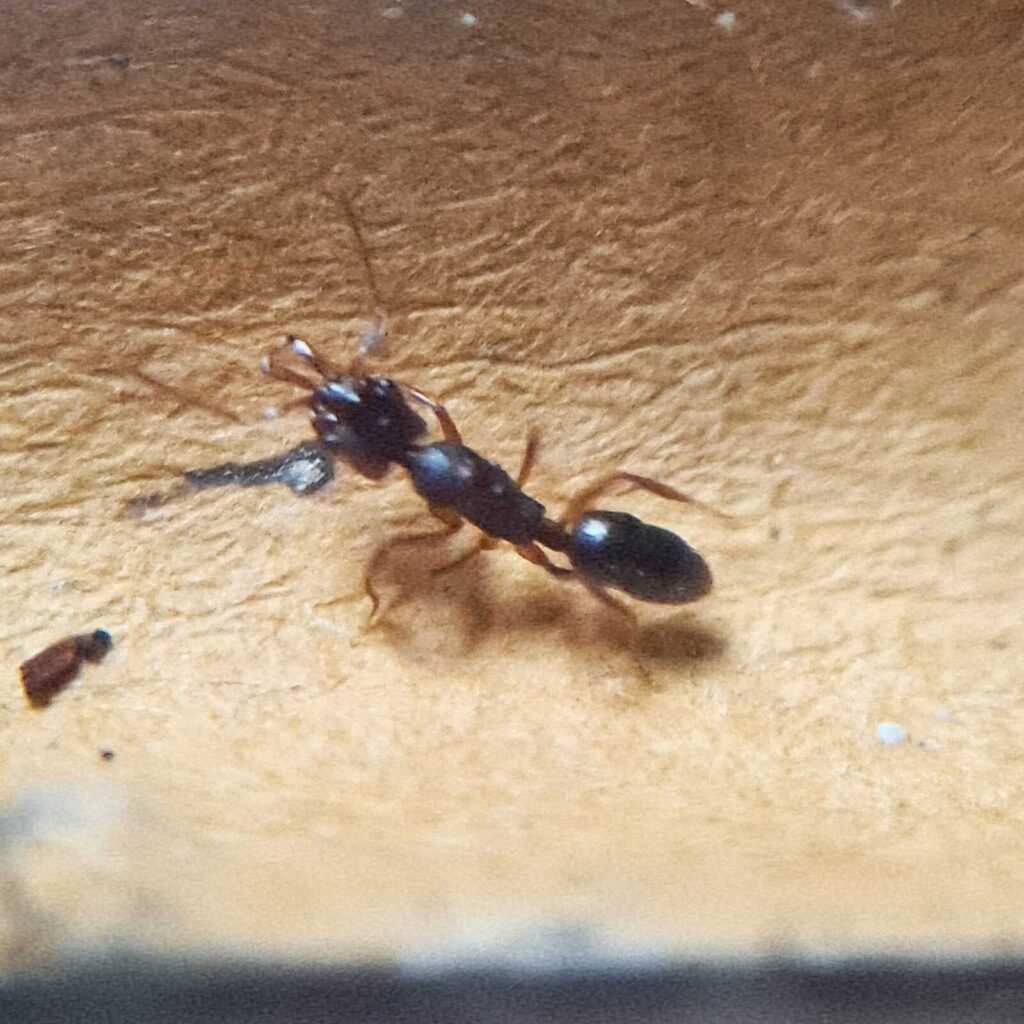
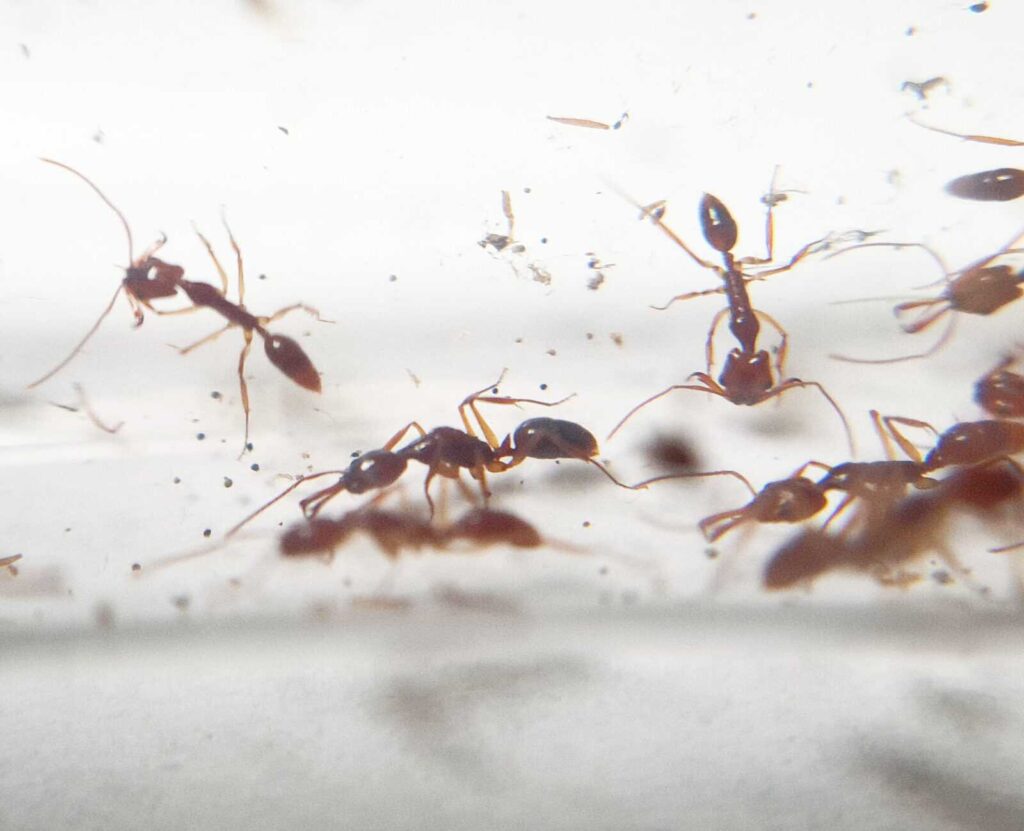
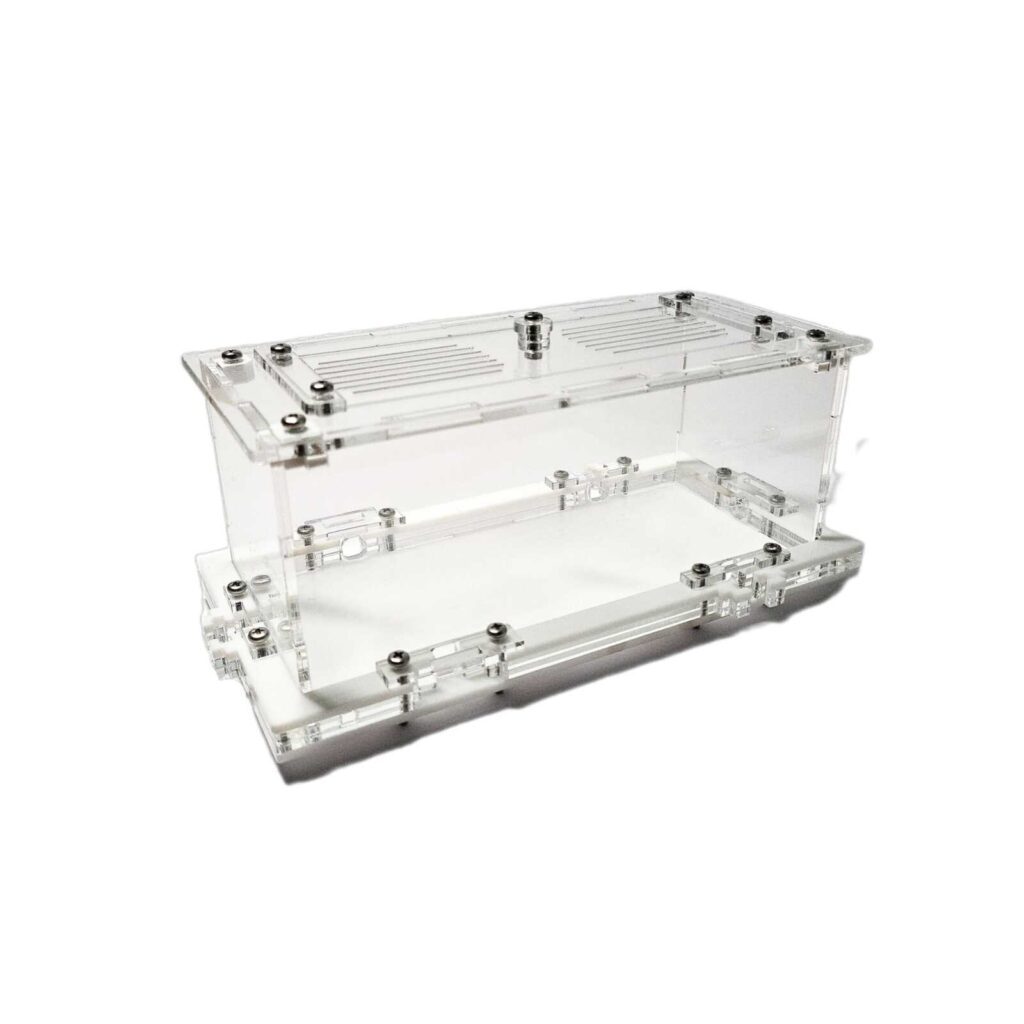
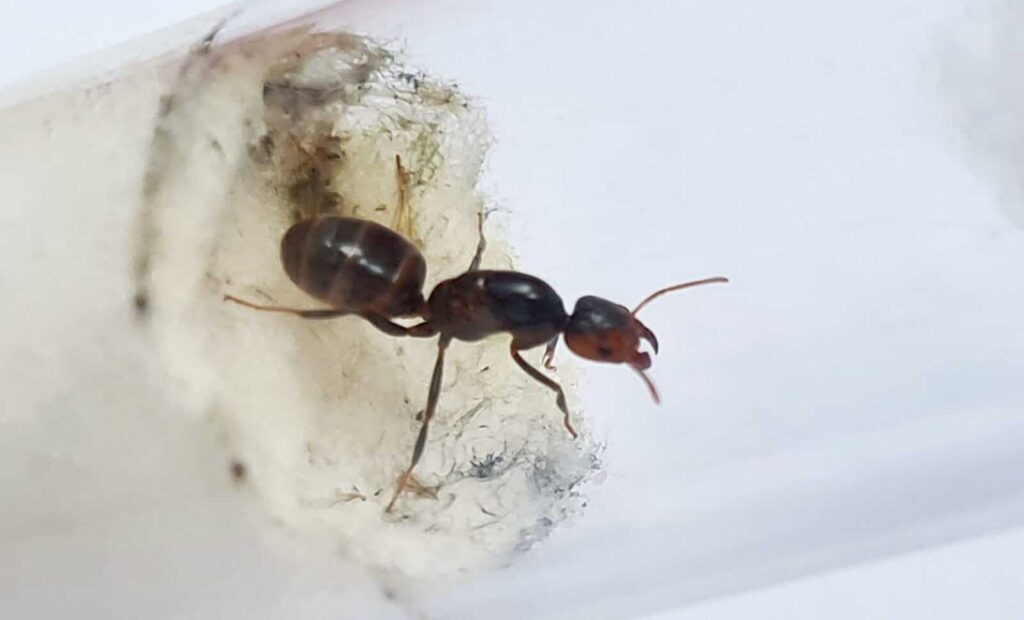
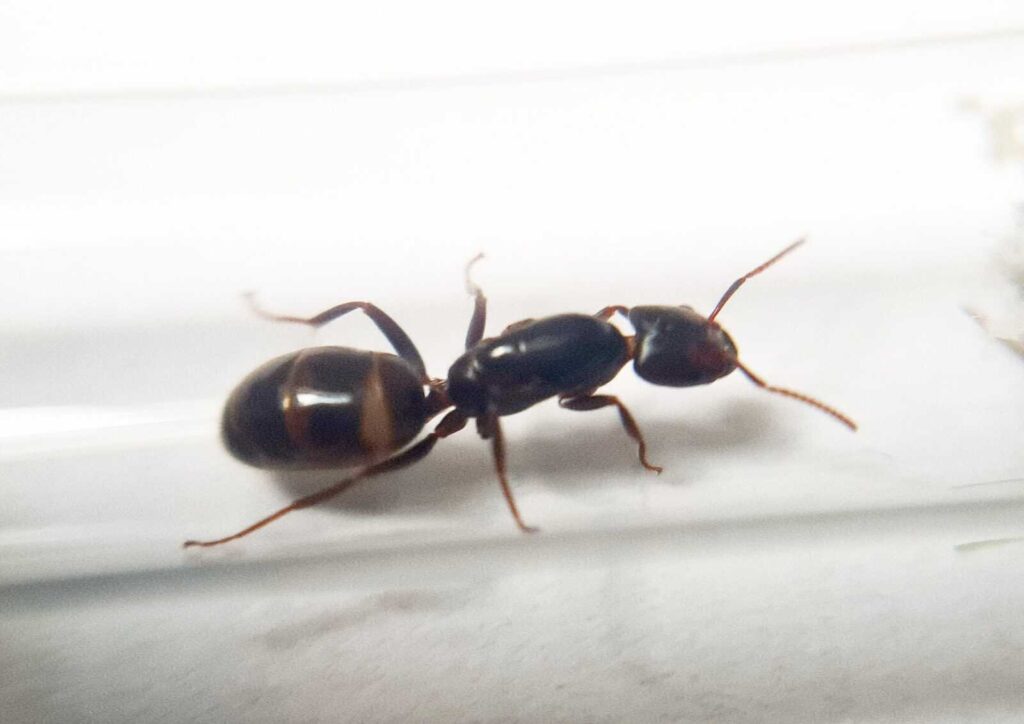
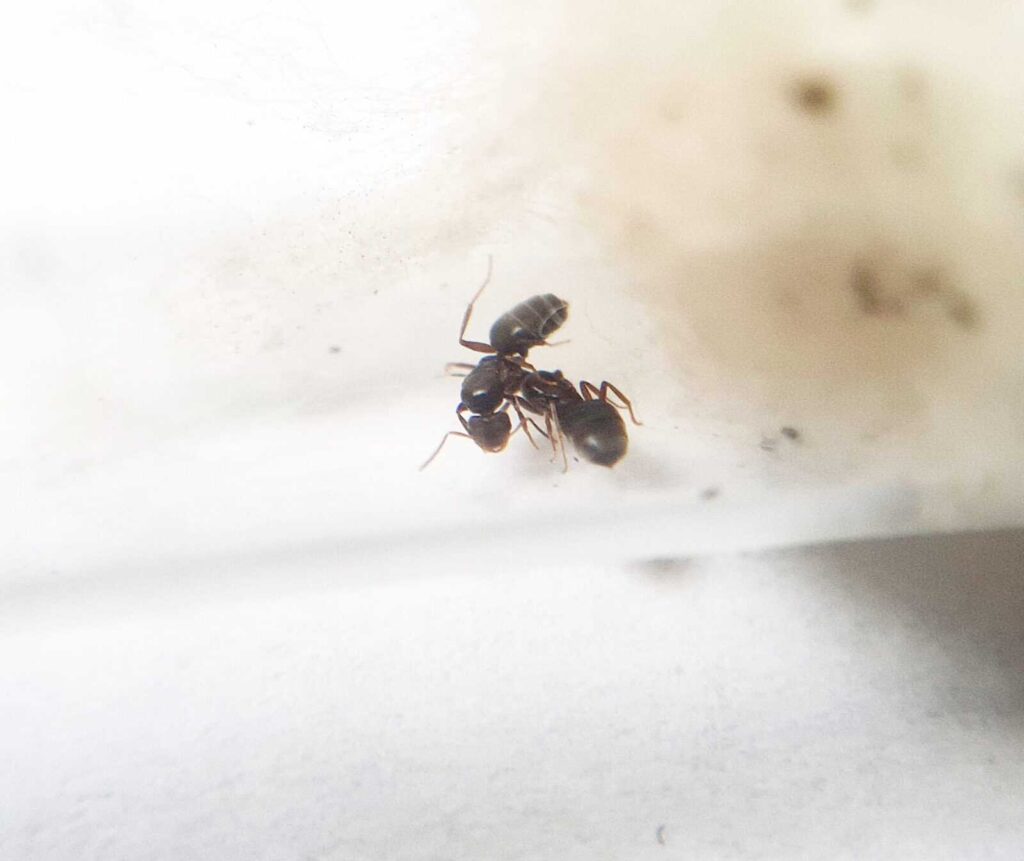
Reviews
Clear filtersThere are no reviews yet.